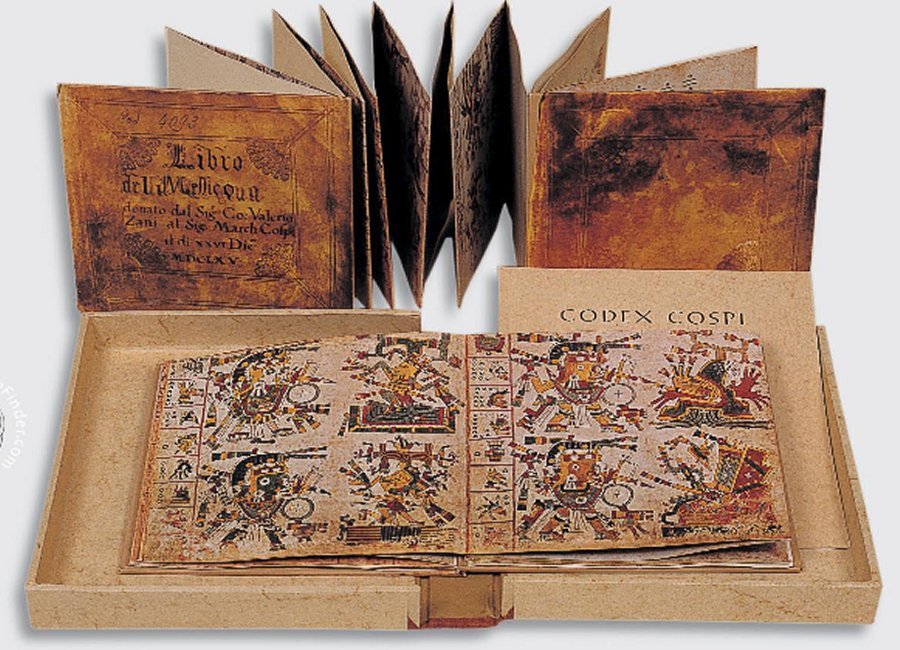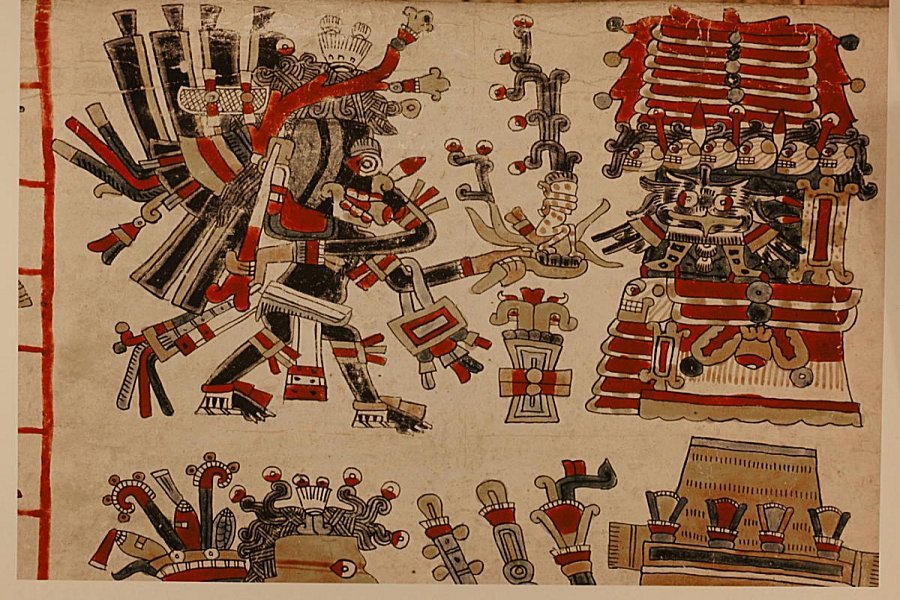Ancient Codex Cospi: Intriguing Pre-Columbian Ritual Manuscript From Central Mexico
A. Sutherland - AncientPages.com - On December 26, 1665, the Codex Cospi (or Codex Bologna) was given as a Christmas gift to the Italian nobleman Ferdinando Cospi (1606 - 1686).
Left: Unknown author /source (originally uploaded to the Polish-language Wikipedia by Adamt - Public Domain; Right: Picture of Tlāhuizcalpantecuhtli (Codex Cospi) Image credit: pixelsniper - CC BY 2.0 DEED
The gift is a pre-Columbian well-preserved, ritual screenfold manuscript, decorated with many illustrations and with the front cover, marked with four golden fan designs, specially created for that gift in Rome or Bologna, around 1665.
This codex was first recognized as a Mexican 'hieroglyphics' book in 1677; however, its precise date remains unknown. The intriguing document was also partially interpreted, but the study's results were unfortunately postponed forever.
Two different masters worked on the front and back sides of the codex.
Its front side contains three sections of pictures linked with dates, used for divination. The back side depicts eleven rituals.
Codex Cospi is a beautiful illuminated manuscript, protected by two covers made in the 17th century, probably to replace former older, wood covers. Image credit: Biblioteca Universitaria di Bologna
In its original screen-fold presentation, the Codex Cospi is 3.64 m long and contains twenty square leaves. Each of the 20 cards has the form of a square with a side length of about 18 cm.
It is made of five hard, polished deer skins, formed into rectangular strips joined together and forming one long, screenfolded strip, similar to an accordion. When closed, it looks like a square book about 178 mm high and its each page is 178,5 mm wide. Average thickness of the folded book is 20 mm.
The manuscript's content is divided into 4 parts. Three located on the front (obverse) side were written and illustrated by one scribe, and the fourth part on the back (reverse) side, has not the same high quality and was most probably prepared by a different and less skilled scribes.
External cards were added in the seventeenth century with the protective functions of additional parchment cards.
Part one, including pages from the first to the eighth contains a calendar of predictions, called ‘tonalpohualli’.
Offerings are made by the sun god, top, and the god of darkness, below. Sun god stands before a temple in which an eagle is enthroned, while the god of darkness stands before a temple inhabited by the rational owl, a symbol of utter destruction. Mexico. Mixtec, 1350-1500 Image credit: Santa Rosa Junior College
From the pages nine to eleven, there are depictions of Tlahuizcalpantecuhtli (Lord of the Dawn), the god of the planet Venus (the Morning Star) throwing spears at symbols of power, badly affecting the layout of the planets on each day of ritual calendar.
According to Aztec mythology, these negative symbols are Centeotl, the God of Maize widely associated with the Pleiades, the water goddess Chalchiuhtlicue ("Woman of the Jade Skirt"), linked with running water and rivers, springs, and lakes, who brings fertility to crops.
Other negative symbols represent a throne, a water mountain, and a jaguar holding a human heart.
Part three is related to the directions of the world. It depicts four gods, each of whom is burning incense in front of four temples.
These gods are: to the East, the Sun God Tonatiuh, to the West, the Maize God Cinteotl, to the North, the blind Itzlacoliuhqui (“Bent Obsidian Knife”), God of Cold, and finally, to the South, there is the Death God Mictlantecuhtli.
Based on historical sources, it is believed that the Codex Cospi (similar to other codices) was read aloud, during chant-like performances.
The Codex Cospi like other prehispanic codices, represents the religious and historical legacy of the pre-Columbian people of Mesoamerica. It was produced with the help of hieroglyphs and ideographs, to record historical events, politics, and religious matters such as calendars, rituals, divination.
It is believed that it originates from the region of Tlaxcala located in central Mexico, an ancient place where human life appeared as early as 10,000 BC, according to archaeological evidence.
The codex is currently located in the library of the University of Bologna.
Written by – A. Sutherland AncientPages.com Staff Writer
Updated on March 31, 2024
Copyright © AncientPages.com All rights reserved. This material may not be published, broadcast, rewritten or redistributed in whole or part without the express written permission of AncientPages.com
Expand for referencesMore From Ancient Pages
-
 Eros: Remarkable Greek God And One Of Those Who Created Everything That Exists Today
Featured Stories | Apr 19, 2023
Eros: Remarkable Greek God And One Of Those Who Created Everything That Exists Today
Featured Stories | Apr 19, 2023 -
 400-Year-Old Documents Reveal Japanese Opium Was Produced For Medical Purposes
Archaeology | Apr 5, 2018
400-Year-Old Documents Reveal Japanese Opium Was Produced For Medical Purposes
Archaeology | Apr 5, 2018 -
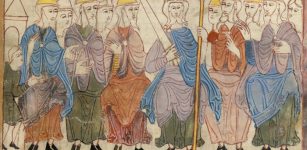 Anglo-Saxon Kings Were Mostly Vegetarians Before Vikings Settled In England
Archaeology | Apr 21, 2022
Anglo-Saxon Kings Were Mostly Vegetarians Before Vikings Settled In England
Archaeology | Apr 21, 2022 -
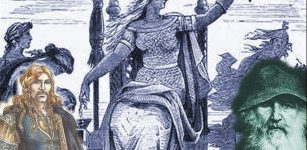 Frigg: Chief Norse Goddess Who Knew Secrets Of Humans’ Fates
Featured Stories | Dec 13, 2022
Frigg: Chief Norse Goddess Who Knew Secrets Of Humans’ Fates
Featured Stories | Dec 13, 2022 -
 Secrets Of The Ancient Children Of The Moon Whose God Came From Outer Space In A Shining Flying Disc
Featured Stories | Jun 1, 2020
Secrets Of The Ancient Children Of The Moon Whose God Came From Outer Space In A Shining Flying Disc
Featured Stories | Jun 1, 2020 -
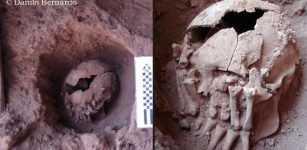 Oldest Case of Decapitation In the New World – Lapa do Santo, East-Central Brazil
Civilizations | Sep 24, 2015
Oldest Case of Decapitation In the New World – Lapa do Santo, East-Central Brazil
Civilizations | Sep 24, 2015 -
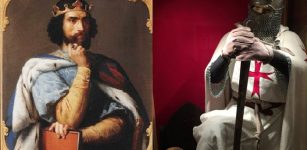 Did Richard The Lionheart Order Assassins To Kill Conrad Of Montferrat, King Of Jerusalem?
Featured Stories | Dec 27, 2018
Did Richard The Lionheart Order Assassins To Kill Conrad Of Montferrat, King Of Jerusalem?
Featured Stories | Dec 27, 2018 -
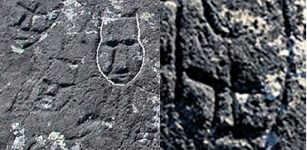 Dorset Culture: Mysterious Rock Carvings Of Qajartalik – Faces Of Unknown Beings
Civilizations | Sep 3, 2018
Dorset Culture: Mysterious Rock Carvings Of Qajartalik – Faces Of Unknown Beings
Civilizations | Sep 3, 2018 -
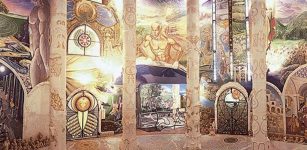 Italy’s Stunning Secret Temples Of Damanhur – City Of Light
Featured Stories | May 21, 2017
Italy’s Stunning Secret Temples Of Damanhur – City Of Light
Featured Stories | May 21, 2017 -
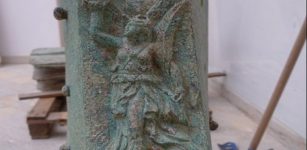 On This Day In History: Battle Of The Egadi Islands Took Place – On Mar 10, 241 BC
News | Mar 10, 2017
On This Day In History: Battle Of The Egadi Islands Took Place – On Mar 10, 241 BC
News | Mar 10, 2017 -
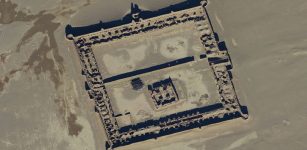 Ancient Lost Empires And Treasures Discovered In Afghanistan By Spy Satellites
Archaeology | Dec 16, 2017
Ancient Lost Empires And Treasures Discovered In Afghanistan By Spy Satellites
Archaeology | Dec 16, 2017 -
 Ancient Secrets Of Sacred Lismore – Is There A ‘Second’ Iona In Scotland?
Archaeology | Jul 4, 2017
Ancient Secrets Of Sacred Lismore – Is There A ‘Second’ Iona In Scotland?
Archaeology | Jul 4, 2017 -
 How Did People Go To The Toilet In The Past Before The Invention Of The Flush Toilet?
Archaeology | Jun 10, 2023
How Did People Go To The Toilet In The Past Before The Invention Of The Flush Toilet?
Archaeology | Jun 10, 2023 -
 Prehistoric ‘Cinema’ – Unique Karelian Rock Carvings With Special Light Effects
Featured Stories | Jul 14, 2014
Prehistoric ‘Cinema’ – Unique Karelian Rock Carvings With Special Light Effects
Featured Stories | Jul 14, 2014 -
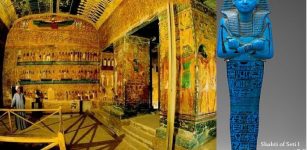 Ushabti: Servants Who Worked For Their Owners In Afterlife In Ancient Egyptian Beliefs
Ancient History Facts | Feb 12, 2020
Ushabti: Servants Who Worked For Their Owners In Afterlife In Ancient Egyptian Beliefs
Ancient History Facts | Feb 12, 2020 -
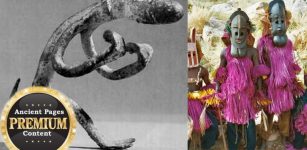 Did The Dogon Tribe Have Knowledge Of Theoretical Physics 5,000 Years Ago?
Civilizations | Aug 2, 2017
Did The Dogon Tribe Have Knowledge Of Theoretical Physics 5,000 Years Ago?
Civilizations | Aug 2, 2017 -
 Strange 1,000-Year-Old Artifact Melted Out Of The Ice Identified With Help Of Photo!
Archaeology | Jan 31, 2023
Strange 1,000-Year-Old Artifact Melted Out Of The Ice Identified With Help Of Photo!
Archaeology | Jan 31, 2023 -
 Odin: Norse God Of War And Magic – Most Complex Figure Of The Norse Pantheon
Featured Stories | Oct 27, 2016
Odin: Norse God Of War And Magic – Most Complex Figure Of The Norse Pantheon
Featured Stories | Oct 27, 2016 -
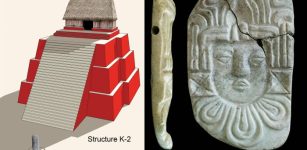 Fire-Burning Event At The Maya Kingdom Of K’anwitznal Was A Reaction To Regime Change
News | Apr 19, 2024
Fire-Burning Event At The Maya Kingdom Of K’anwitznal Was A Reaction To Regime Change
News | Apr 19, 2024 -
 Mysterious Grave Of King Valdemar IV Atterdag – Will The 600-Year-Old Historical Puzzle Ever Be Solved?
Featured Stories | Jul 14, 2018
Mysterious Grave Of King Valdemar IV Atterdag – Will The 600-Year-Old Historical Puzzle Ever Be Solved?
Featured Stories | Jul 14, 2018


